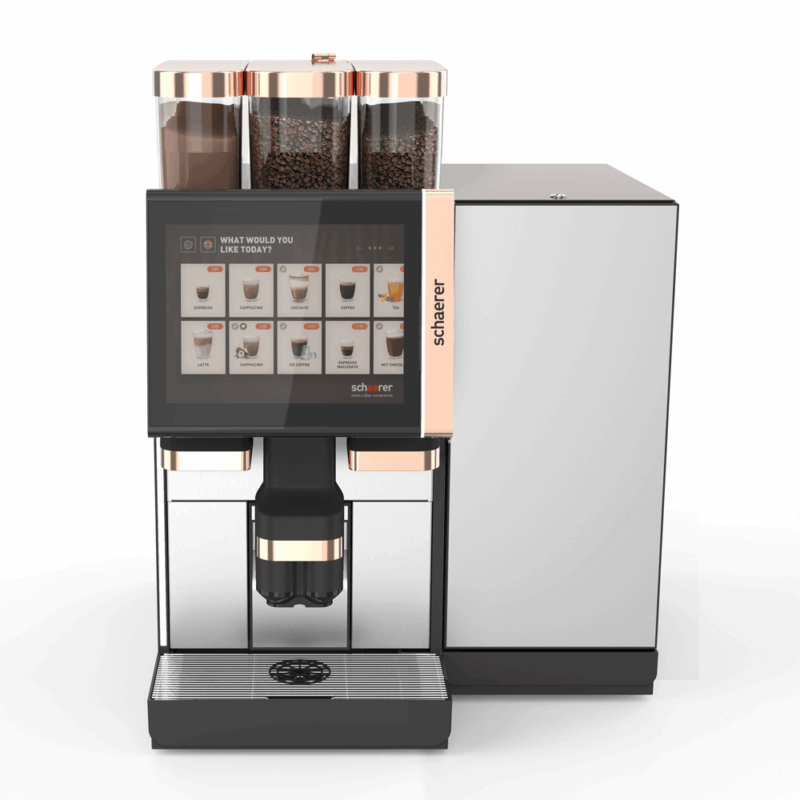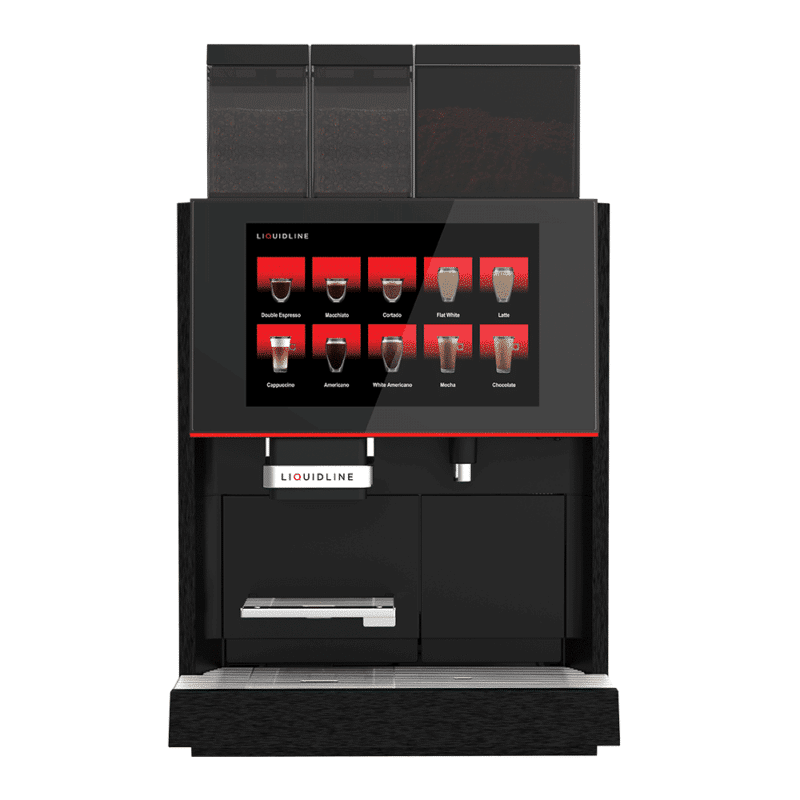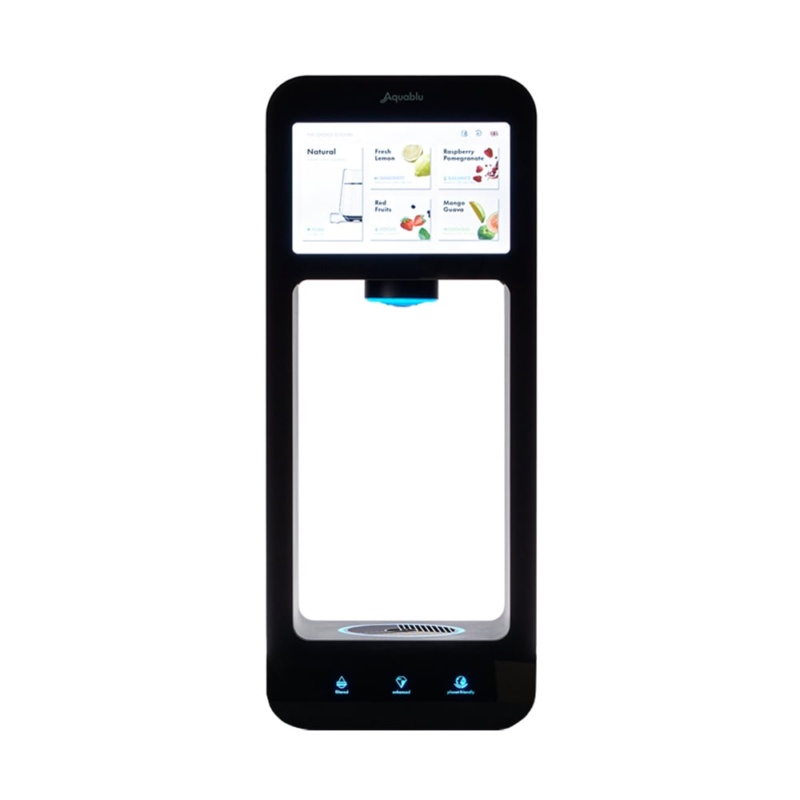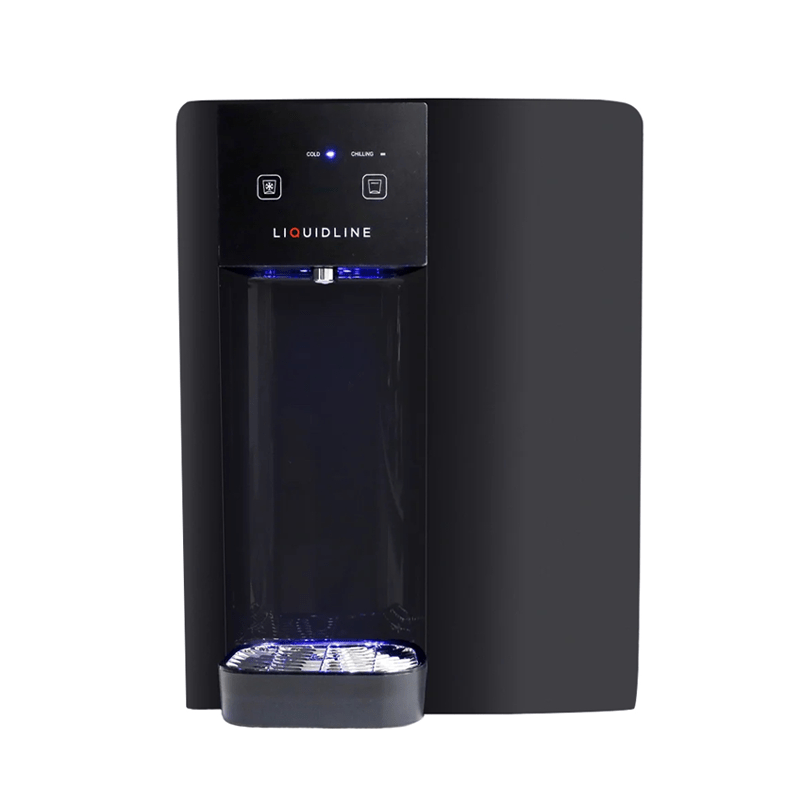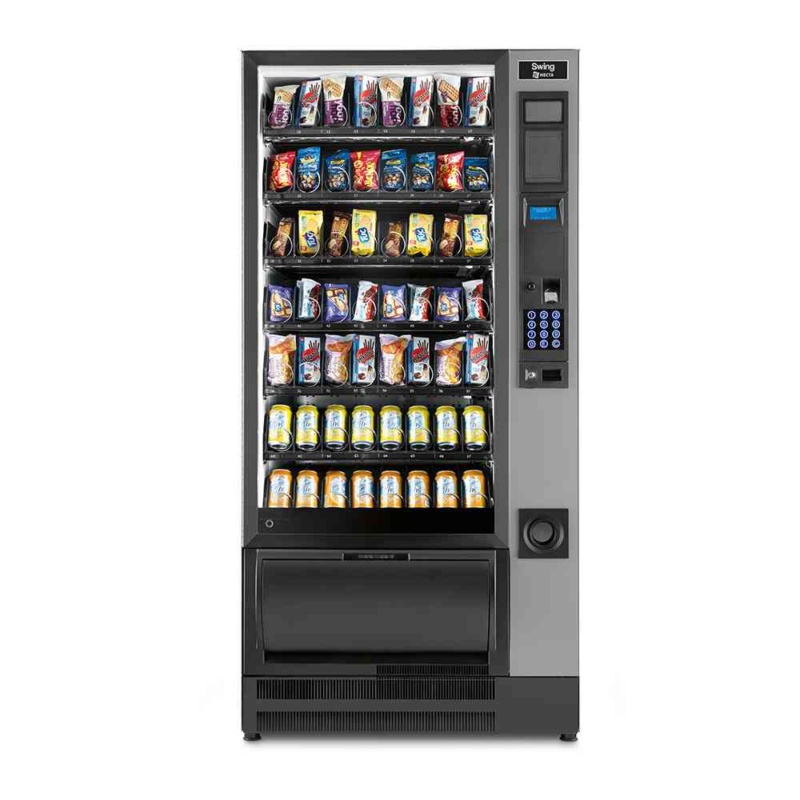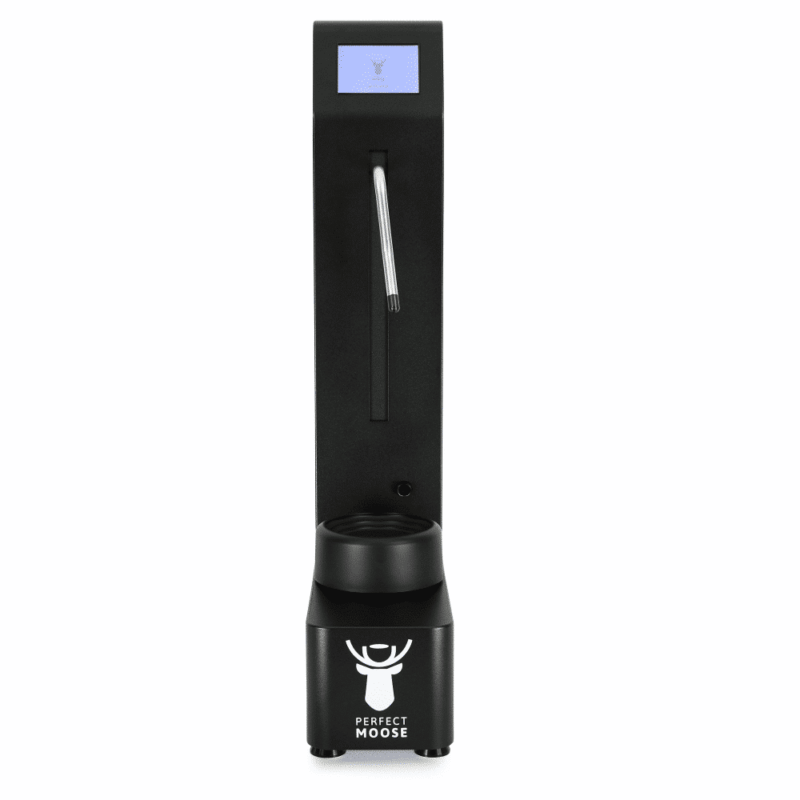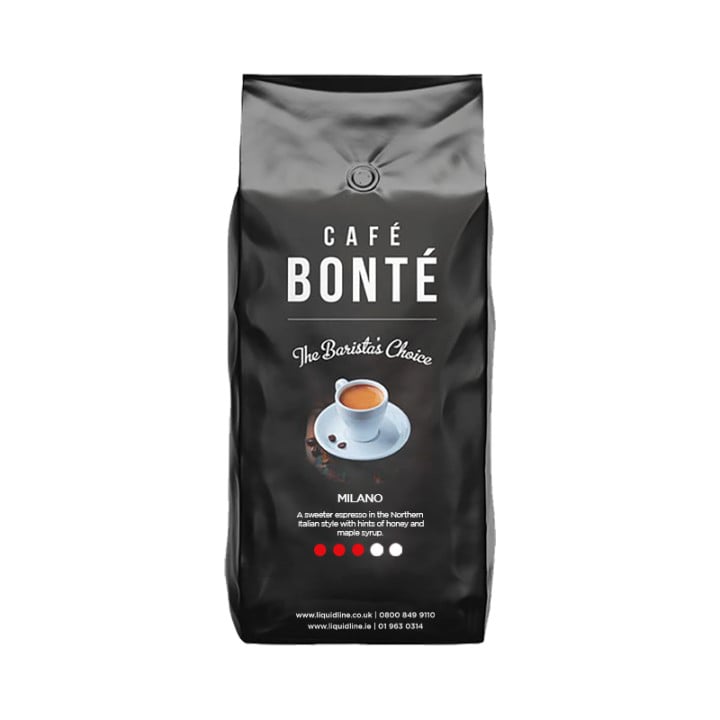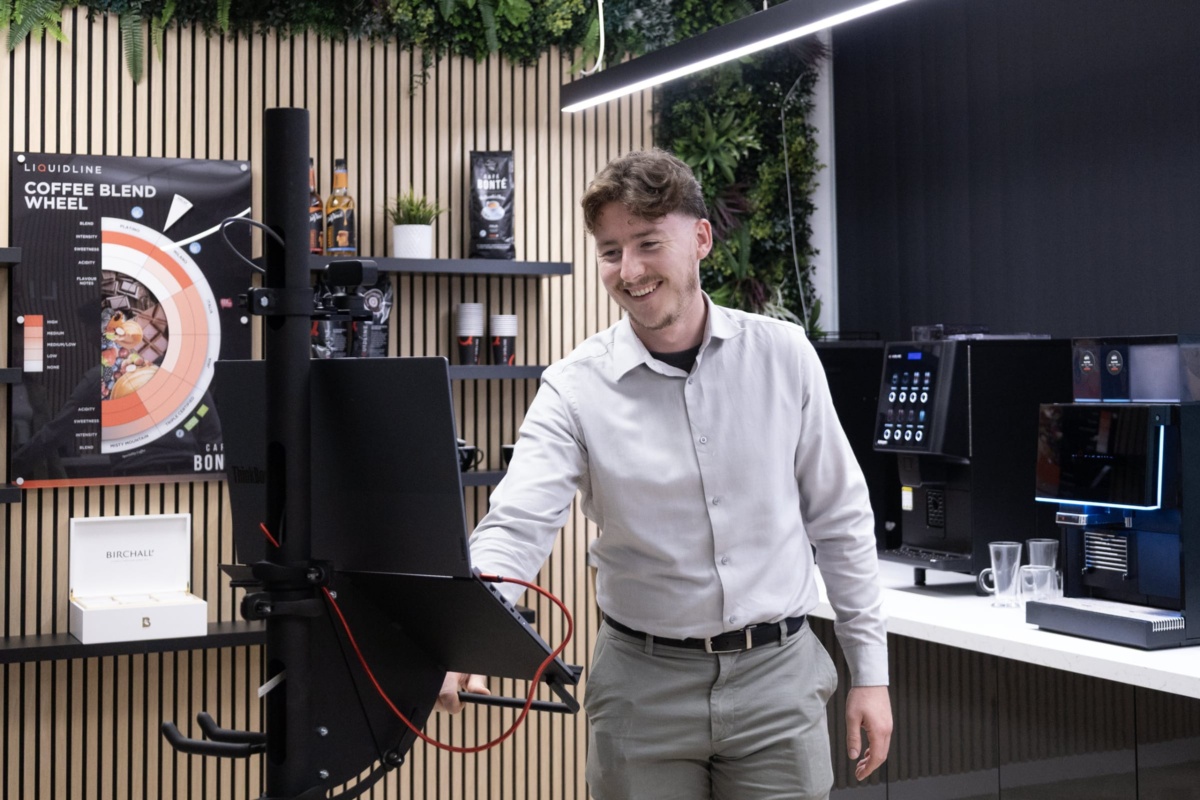How Do Instant Water Dispensers Work?
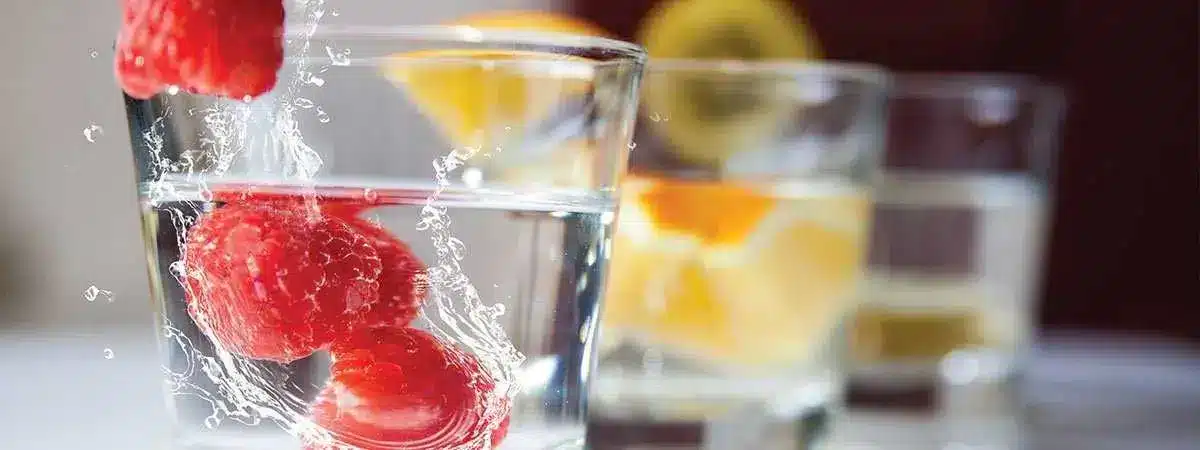
Whether it’s a refreshing glass of cold water after a long meeting or a hot drink to power through the afternoon slump, having reliable hydration solutions on hand can boost productivity, support employee wellbeing, and create a more positive workplace experience.
At Liquidline, we’re proud to be a leading supplier of cutting-edge hot and cold water dispensers across the UK. With over two decades of expertise and a strong portfolio of innovative, commercial-grade equipment, we understand the ins and outs of what makes a water machine work and why it matters for your team.
Let’s explore the inner workings of instant water dispensers, how they deliver on-demand hot and cold water, and what makes them such a valuable investment for offices of all sizes.
Inside Modern Water Dispensers
Modern water dispensers, like the Liquidline L4 and the Borg & Overström E7, are sleek, efficient machines designed to integrate seamlessly into modern workplaces. These units are often mains-fed, connecting directly to your building’s water supply and using advanced filtration systems to deliver fresh, great-tasting water.
Inside the machine, water passes through a purification process before being stored in either a chilled or insulated tank, depending on the desired temperature. Hot water is kept at near-boiling temperatures, ready to dispense at the touch of a button, while cold water is cooled using built-in refrigeration systems. These internal mechanisms allow users to switch easily between hot, cold, and ambient water, all from a single unit (often free standing or under counter).
It’s this balance of speed, hygiene, and convenience that makes commercial water dispensers so ideal for office environments. With fewer refills, lower maintenance demands, and touchless operation options, they are designed to meet the demands of high-traffic spaces without compromising on performance or safety.
How Do Water Dispensers Heat Water So Quickly?
One of the key benefits of a commercial water dispenser is how fast it delivers hot water, often in just a few seconds. This speed comes down to the integrated boiler system inside the machine. Most units are equipped with stainless steel heating elements and pressurised tanks that maintain hot water at a constant temperature, typically between 92°C and 96°C. That’s the perfect range for making tea, coffee, and other hot drinks.
Unlike a kettle, which starts cold and must boil from scratch each time, a water dispenser is always ready. While a typical kettle takes around three to four minutes to boil 1.5 litres of water, a dispenser can provide the same volume almost instantly, and without a wait between users, helping to reduce those morning coffee queues.
Depending on the model, hot water tanks can store anywhere from three to five litres, ensuring there’s always enough on hand during busy periods. Because these machines operate at high temperatures and under pressure, they also include a range of safety features. These often include lockable hot water taps, insulated tanks, overheat protection, and clearly labelled controls to avoid any confusion between hot and ambient functions.
By delivering speed and safety in equal measure, hot water dispensers are a game-changer for office kitchens, break rooms, and client areas alike.
How Does Water Get Cold in a Water Dispenser?
Just as impressive is the dispenser’s ability to cool water efficiently. Most machines use one of two core technologies: compressor-based refrigeration or thermoelectric cooling. Compressor-based systems are more common in commercial settings due to their higher capacity and faster performance. They work much like a standard refrigerator, using refrigerant coils to reduce the temperature of the stored water. Thermoelectric systems, while quieter and more compact, are typically used in smaller or countertop units.
The average dispenser can store between two and four litres of chilled water, with cooling systems bringing it down to a crisp 6–10°C. Water is first filtered for impurities, improving taste and removing odours, before entering the chilled tank where it’s kept at a consistently cool temperature.
To prevent cross-contamination or user error, these machines are designed with separate systems for hot and cold water. This ensures that each stream is safe, hygienic, and served at the correct temperature every time.
For businesses without easy access to mains plumbing, bottled water coolers still offer a convenient alternative. However, plumbed-in dispensers are typically the more sustainable and cost-effective choice over time. For a full breakdown of the pros and cons, we have answered the frequently asked question of: Do offices still have water coolers?
What You Need to Know About Instant Water Dispensers
From rapid heating to efficient cooling, modern water dispensers are designed to deliver consistent, safe, and great-tasting hydration at the touch of a button. By combining powerful internal systems with energy-saving features and advanced safety controls, they’re the ideal solution for keeping your team refreshed and productive throughout the day.
Whether you choose a compact countertop unit or a floor standing plumbed-in dispenser, the right water machine can make a significant difference to your office environment. It’s about more than just water, it’s about convenience, health, and showing your team that their wellbeing matters.
Why Choose Liquidline?
At Liquidline, we offer a comprehensive range of water dispensers for offices, including hot and cold options tailored to meet your specific needs. From installation and training to maintenance and repairs, we provide full support at every stage.
If you’re ready to upgrade your hydration setup, speak to our team today. Let’s find the perfect solution for your people and your business.
